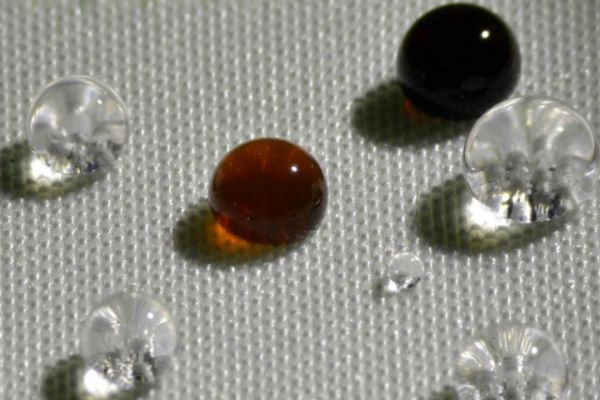Fabrics that resist water are essential for everything from rainwear to military tents, but conventional water-repellent coatings have been shown to persist in the environment and accumulate in our bodies, and so are likely to be phased out for safety reasons. That leaves a big gap to be filled if researchers can find safe substitutes.
Now, a team at MIT has come up with a promising solution: a coating that not only adds water-repellency to natural fabrics such as cotton and silk, but is also more effective than the existing coatings. The new findings are described in the journal Advanced Functional Materials, in a paper by MIT professors Kripa Varanasi and Karen Gleason, former MIT postdoc Dan Soto, and two others.
“The challenge has been driven by the environmental regulators” because of the phaseout of the existing waterproofing chemicals, Varanasi explains. But it turns out his team’s alternative actually outperforms the conventional materials.
Read more at Massachusetts Institute of Technology
Image: Repellency of different liquids on polyester fabric coated with H1F7Ma-co-DVB: soy sauce (black drop), coffee (brown drop), HCl acid (top left transparent drop), NaOH (bottom right transparent drop) and water (remaining transparent drops). CREDITS: Varanasi and Gleason research groups


